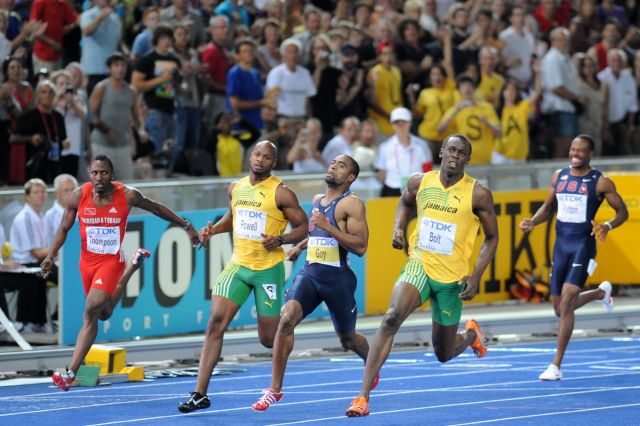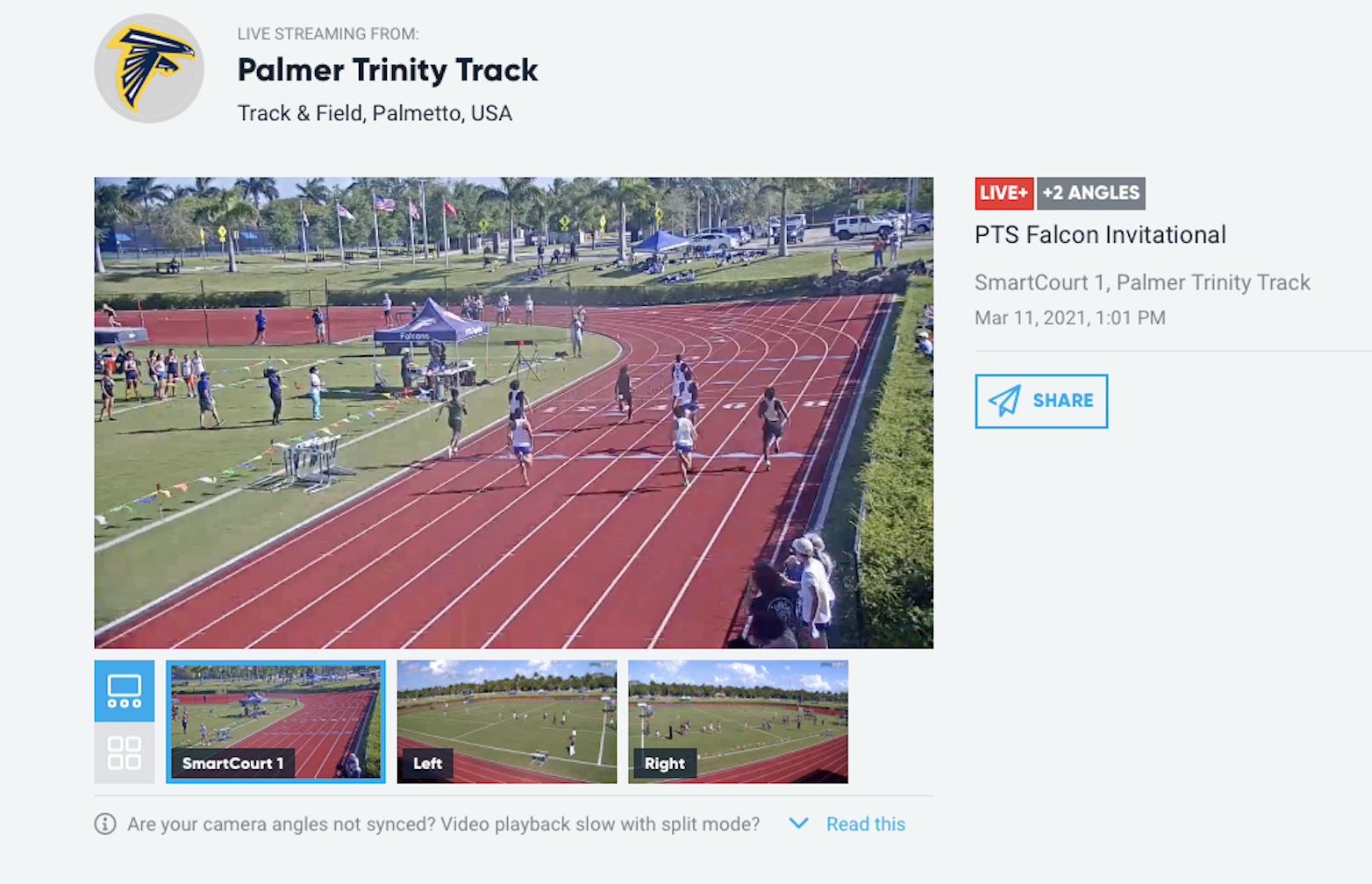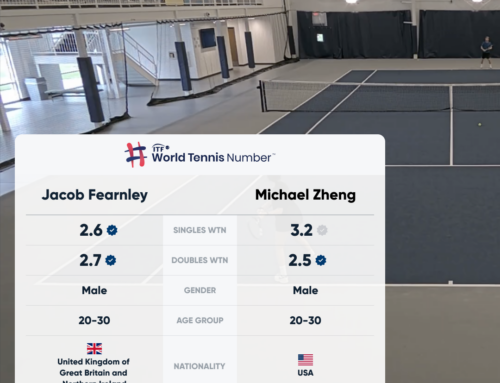This week, our sport of focus is Track & Field, one of the 30+ sports worldwide which are powered by our Smart sports AI technology.
If there is an “OG” of sports, track & field would likely take the title since it goes way back, with the initial competition taking place at the very first Olympic games held in Greece in 776 B.C.
As the name suggests, the sport is divided into several different competitions within two categories, some taking place in the running track and others in a designated open area, hence the term ‘field.’ Let’s start with the former: track competitions.
Back in the very first games in Greece, the track was 600 feet long, much different from today’s standard track of 400 meters (approx. 1312 feet). This new standard was not implemented until the very first college track meet, which was held between Oxford and Cambridge in England back in 1864. And soon after we started seeing the classic division of distances:
- Sprint distances: 100m, 200m and 400m
- Middle distance: 800m, 1,500m, 3,000m
- Long distances: 5,000m, 10,000m
- With hurdles: 100m (women), 110m (men), 400m, 300m intermediate (youth and high school only)
- Steeplechase: 3,000m where competitors must clear 28 hurdles and 7 water jumps
- Relays: 4 x 100m, 4 x 400m
The 100m sprint famously anoints the fastest man on earth. The title is currently held by Usain Bolt of Jamaica, who was able to cover 100m in a mind-blowing 9.58 seconds.

When it comes to field events, the category can be divided into jumps and throws. The long-jump is considered the oldest of field events, also originating in Greece, as one of the events in the ancient Pentathlon competitions. The original format included small weights, which competitors would hold in each hand to gain momentum, swinging them back during the jump and dropping them near the landing. The modern long jump, which does not use any weights, also started in both England and the United States in the 1860s, with a few extra components and rules added, the main one being the introduction of a marked line from which athletes must jump before touching or passing it. Upon landing, the official distance is measured from the nearest point of sand disturbed by the athlete’s body.
Besides the well-known long jump event, here are the other events included in the jump events:
- Triple Jump: similar to long jump, but athletes must perform a hop, a bound and then a jump into the sand pit.
- High Jump: athletes must jump unaided over a horizontal bar placed at measured heights without dislodging it.
- Pole Vault: athletes jump over a bar with the assistance of a pole.
For throw events, the following take place:
- Shot put: athletes must “put” (push rather than throw) a heavy spherical ball (the shot) as far as possible.
- Disc throw: athletes must throw a heavy disc in an attempt to cover the longest distance possible.
- Hammer throw: athletes must swing and throw a metal ball attached by a steel wire to a grip (the hammer).
- Javelin throw: athletes run to gain momentum and then throw a spear about 2.5 m (8 ft 2 in) in length.

PlaySight is proud to power several track and field programs across the country, including the University of Nebraska and several leading prep programs, helping teams connect with their fans through the hundreds of events streamed at PSSN every month, and also allowing coaches and athletes to break down video on and off the track.

Hope you enjoyed these fun facts. If you didn’t know, now you know!
If you are still curious about PlaySight technology for track and field, feel free to contact us at info@playsight.com.








